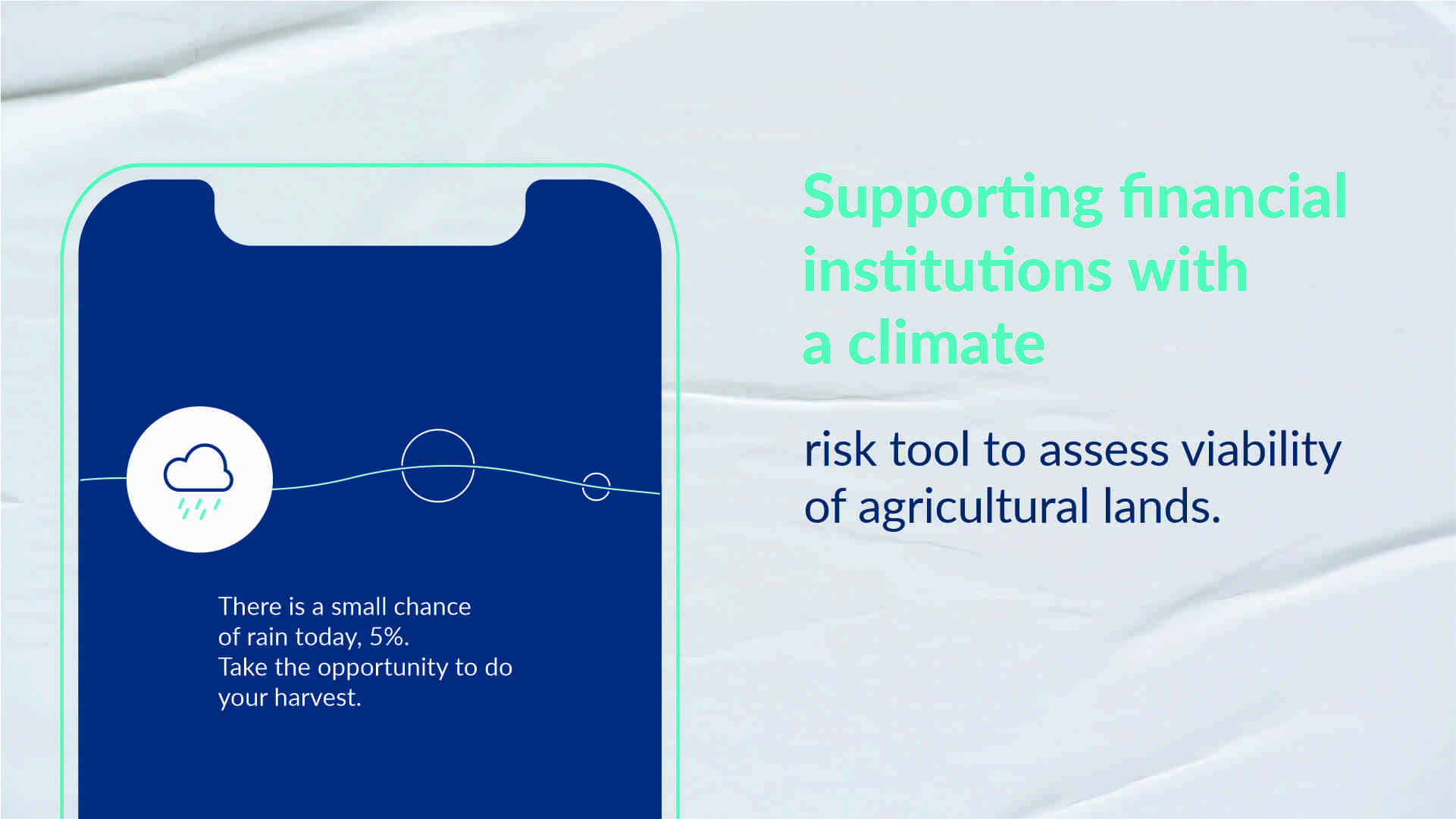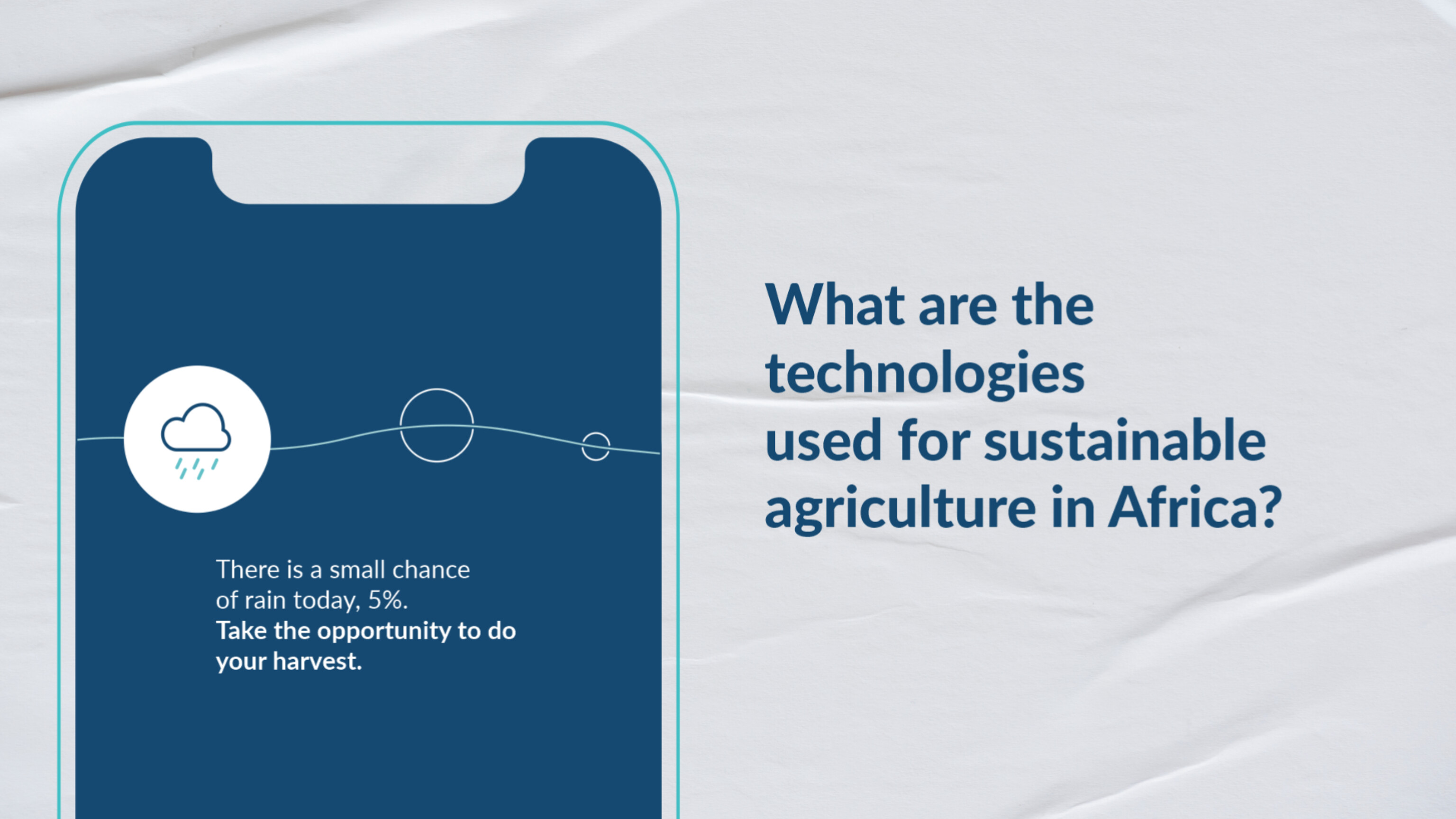The term regenerative agriculture refers to agricultural practices that help eliminate carbon from the atmosphere and place it back in the soil. This carbon is normally lost from the soil through activities like overgrazing, deforestation, draining of wetlands, monoculture cropping, rigorous soil tillage, bare fallowing, and heavy dependence on chemical fertilizers. These activities harm microorganisms that these carbon-rich soils rely on.
African farmers are being hit hard by the severe impacts of climate change. To curb this, these farmers can play a vital role in separating atmospheric carbon in soil using diverse land use and management practices.
First and foremost, it is important to highlight the underlying principles of regenerative agriculture. These are:
- Increasing the quantities of organic residues taken back into the soil.
- Retention of soil vegetation cover always.Efficiently using water and nutrients to the maximum.
- Promoting the stability of organic matter in soil by minimizing soil disturbance. Naturally, undisturbed soil has microbes and carbon but once the soil is tilled, carbon is released into the air.
- Reinstating microbial life which is essential to soil health.
To reduce the amount of carbon lost from the soil to the atmosphere while increasing the quantities of carbon added back to the soil, the following practices must be put in place.
- Practice crop rotation with perennial crops growing at a higher frequency. Rather than growing one crop year in, year out, rotating crops encourages restoration of healthy soils.
- Practice agroforestry such as tree cropping, windbreaks, and hedgerows.
- Have grass cover for waterways and crop buffers as well.
- Use of organic waste and compost to increase soil health. When mixed with soil, compost and organic wastes supply a lot of nutrients, which in turn provides food for soil microbes and promotes healthy soils.
- Make use of cover crops and reduce soil tillage/no-till. These cover crops protect the soil during cold seasons and prevent erosion when adding nutrients. This enhances moisture retention in soil.
- Have improved grazing management. Rotating livestock helps maximize soil and animal health. For instance, the Adaptive multi-paddock system is a system where animals are controlled in a manner that they imitate the constantly moving huge herds of herbivores to harness and store carbon.
- Convert marginal lands that aren’t fit for annual crops and grow perennial crops. Growing perennial plants (plants that can be harvested for several growing seasons) helps store carbon deep in the soil where it is stable.
Benefits of regenerative agriculture
- Regenerative agriculture helps in improving soil health and fertility, which is shown by healthier crops and increased yields. Farmers who practice regenerative agriculture will notice more moisture and sponginess in their soil, and chocolate-colored soil particles sticking to the long roots of their crops.
- Regenerative agriculture is also beneficial to water quality and quantity. Less use of chemical and pesticide inputs on regenerative farms means reduced chemical pollution that has an impact on ground and surface water, and in turn, reduces drinking water pollution. Improved water efficiency from improved soil health leads to better soil water retention capacity.
- Improved soil health leads to an improvement in the overall health and yields of the crops as a result of their regenerative farming methods. This in turn leads to cost-savings from less use of chemicals, which include fertilizers, herbicides, pesticides, and antibiotics. This brings profitability on the farm. In the long run, the result of these careful financial practices was reduced or no debt and risk.
Farmers face many challenges. Due to climate change, prolonged periods of drought reduce yields, which eventually results in poor harvests. During rainy seasons, too much rain can cause rot. Ignitia has helped most farmers to predict weather forecasts thus preventing losses.
However, there is still debate about the amounts of carbon which can be stored this way and for how long. Some scientists are still skeptical about whether regenerative agriculture is as revolutionary as its supporters say. The question remains, will the push for regenerative agricultural practices be effective to combat climate change? Ignitia has the answer as mentioned in this blog. Ignitia has acknowledged that the system is damaging the climate and therefore, we have come up with ways of lowering these emissions.
Summary
While some people believe that such strategies lead to greenwashing or bring up claims about environmental benefits for marketing purposes, companies like ignitia are so much aware that climate change exists, and it is causing a lot of harm. And for that reason, ignitia has tons of information about regenerative agriculture as a whole.
References
https://www.oneearth.org/regenerative-agriculture-can-play-a-key-role-in-combating-climate-change/
https://www.nrdc.org/bio/arohi-sharma/regenerative-agriculture-part-4-benefits







